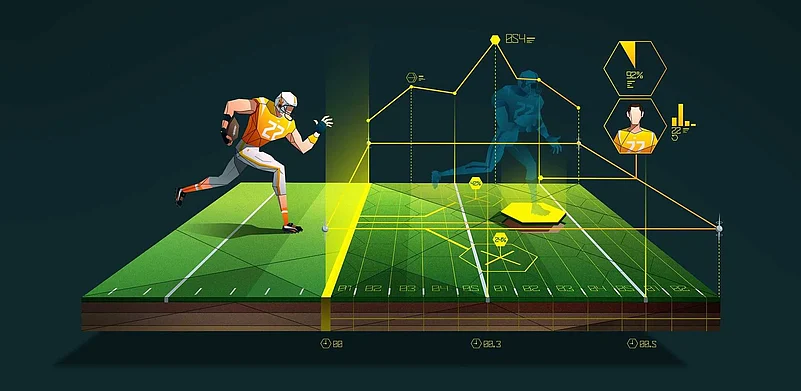With the nature of the sports business speeding up by the second, it’s more important than ever to stay two steps ahead. Individual teams are always looking for such new tactics to get that all-important upper hand, and recently this has been being offered by artificial intelligence and big data analytics. Leading this revolution is SAS, a company that deals with business software and services that focuses on analytics. SAS employs the use of big data and AI to improve how teams plan and execute at work, evaluate player behavior and even control the team’s operations.
Future Directions of AI and Big Data in Sports
Precisely, the application of AI and big data analytics is unique in providing an opportunity to combine and analyze large amounts of data. In sporting activities, this is a biomimetic adaptation, which leads to advance comprehension of game plans, players’ behaviors as well as results. Old approaches to insight evaluation that are based on intuition and a small number of criteria can be supplemented and replaced by innovative analytical tools.
The Role of AI and Big Data in Sports
Enhanced Game Strategies
Artificial intelligence and big data analysis help squads draw on massive amounts of historical and live data to recognize the opponent’s tendencies. This helps the coaches to come up with better game strategies and make some adjustments while they are at the field, making the teams to be advantaged.
SAS's AI-driven analytics platforms allow coaches and analysts to dissect every aspect of a game. By processing historical data, real-time statistics, and even video footage, SAS tools can identify patterns and trends that might be invisible to the human eye. For instance, AI can pinpoint the specific conditions under which a player excels or struggles, enabling coaches to make informed decisions about game plans and player positioning.
Optimized Player Performance
AI and big data help to get information about physical and condition of players based on data from wearables, training sessions, and matches’ outcomes. This assists in the version of training interventions that aim to increase efficiency, and decrease chances of injuries, as well as be useful in the management of fatigue levels among the players hence leading to better Athlete Management.
SAS can for instance monitor a player’s heart rate, movements and exertion hour during training sessions and games as derived from the observations from wearables. It assists in recognising regimen dropping and surety of injury, as well as ways of improvements. Coaches and trainers can then adjust their training programs based on performance while at the same time trying to reduce as far as possible the incidence of injuries.
Streamlined Team Management
AI and big data analytics integrate multiple aspects of the team such as players’ contracts, medical history, and training calendar into a single tool. This helps in easy coordination of the team and also helps in analyzing the recruitments and scouting in order to ascertain if the new players are in support of the strategy and perform in accordance with the set standard.
SAS's analytics can aid in recruitment and scouting. By evaluating potential recruits' performance data, teams can make data-driven decisions about which players to sign. This reduces the risk associated with scouting and ensures that new players align with the team's strategic goals and performance standards.
The Future of Sports Analytics
As AI and big data technologies continue to evolve, their influence on sports will only grow. SAS is committed to staying at the cutting edge of this transformation, constantly innovating and expanding its capabilities. The future promises even more sophisticated tools, capable of providing deeper insights and more precise predictions.
The impact of SAS's AI and big data analytics extends beyond professional sports. College teams and even high school programs are starting to adopt these technologies, democratizing access to advanced analytics and leveling the playing field across different levels of competition.
In conclusion, SAS is redefining the landscape of sports analytics through its advanced AI and big data solutions. By enhancing game strategies, improving player performance, and streamlining team management, SAS is empowering teams to reach new heights of excellence. As these technologies become increasingly integral to sports, the line between data science and athletic performance will continue to blur, ushering in a new era of data-driven sports excellence.

















